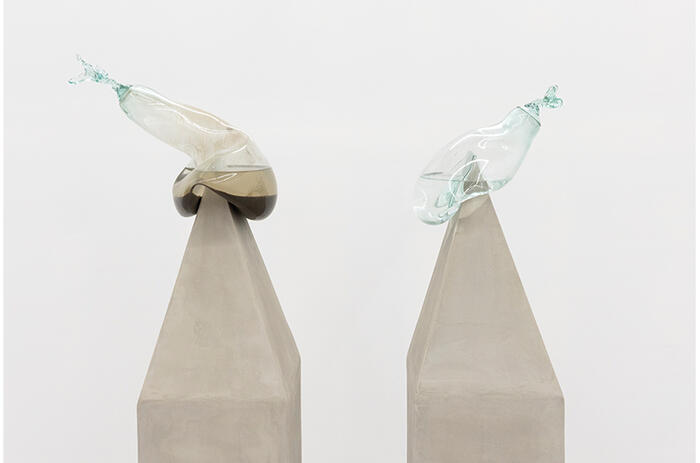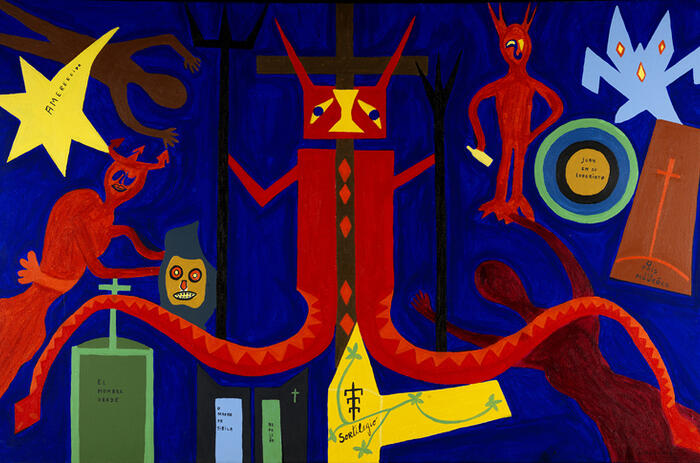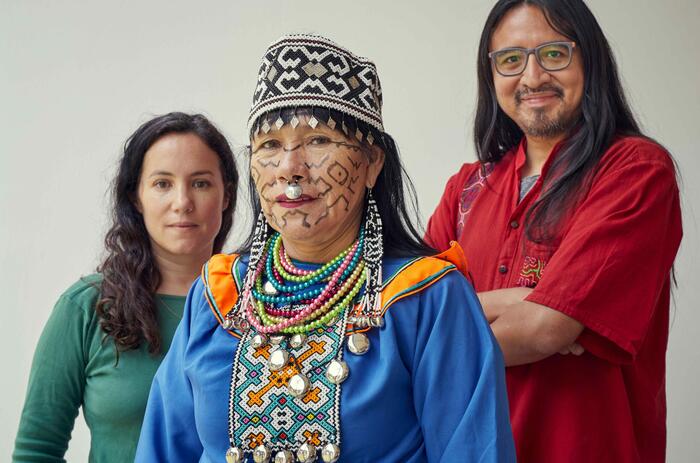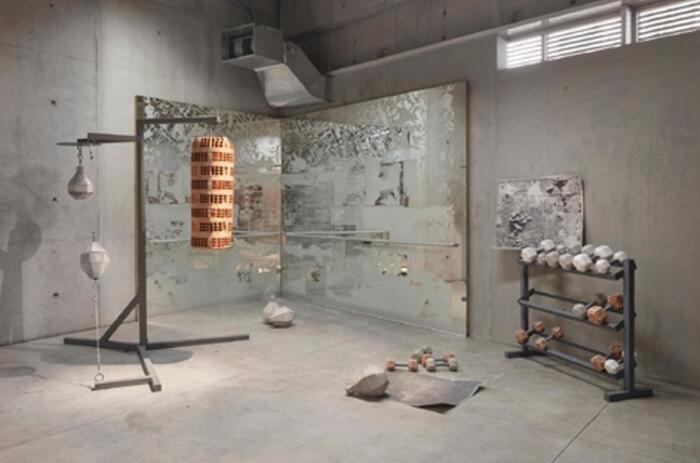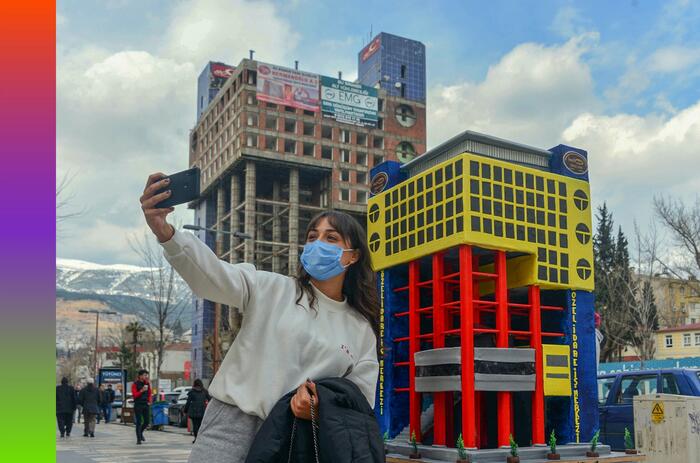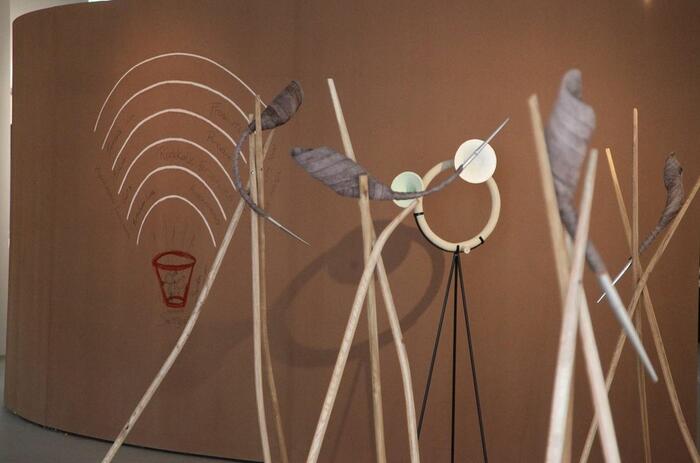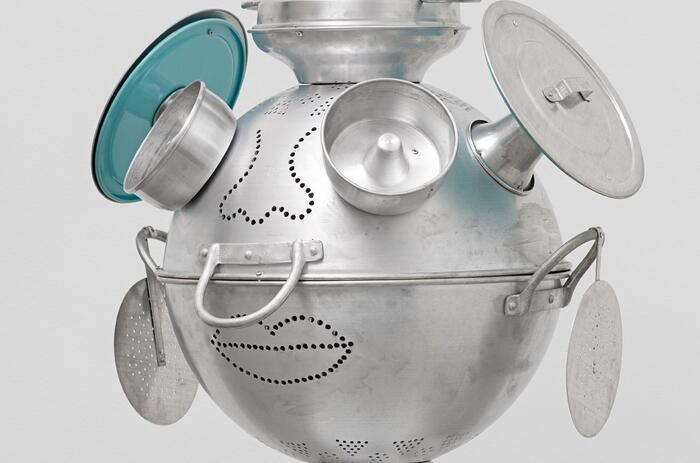ONE MILLION GERMAN PASSPORTS ON ALFREDO JAAR’S INSTALLATION
In Pinakothek der Moderne, the Chilean-born and New York-based architect who makes art—as Alfredo Jaar refers to himself— explores complex sociopolitical issues, bringing to the fore the ethics of representation.
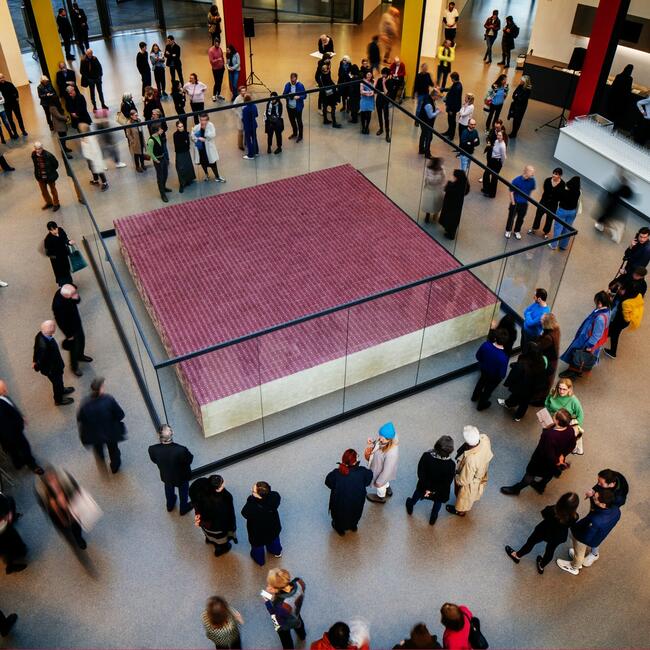
As the late Okwui Enwezor wrote, “Alfredo Jaar’s work represents one of the most developed commitments by a contemporary artist in the blatant embrace of the structural link between ethics and aesthetics, art and politics.” Through quiet and meditative works, Jaar confronts issues of great magnitude, bearing witness to humanitarian disasters and attesting to the impact of military conflict, political corruption and economic inequality throughout the world.
Once again, Alfredo Jaar draws on an urgent topic of our times, responding to the invasion of Ukraine and European migration policy, including the current debate about naturalization in Germany. In the central rotunda, he presents an art installation that consists of one million German passports behind a high security glass wall. This is the number of people that former chancellor Angela Merkel welcomed to Germany in 2015. But this is also the number of people who later rejected her party CDU and voted for the right-wing party AFD. The installation questions citizenship and identity, in the face of an increasing refugee crisis due to climate change and ongoing conflicts as well as the unequal treatment of refugees depending on their origin.
-
View of Alfredo Jaar: One Million German Passports, Pinakothek der Moderne, Munich, 2023. © myrzikundkjarisch.
-
View of Alfredo Jaar: One Million German Passports, Pinakothek der Moderne, Munich, 2023. © myrzikundkjarisch.
-
View of Alfredo Jaar: One Million German Passports, Pinakothek der Moderne, Munich, 2023. © myrzikundkjarisch.
-
Alfredo Jaar, Walking, 1994, Rwanda - Democratic Republic of the Congo Border, © Alfredo Jaar.
Alfredo Jaar’s work has been shown extensively around the world. He has participated in the Biennales of Venice (1986, 2007, 2009, 2013), São Paulo (1987, 1989, 2010, 2021) as well as Documenta in Kassel (1987, 2002). Major recent surveys of his work have taken place at Musée des Beaux Arts, Lausanne; Hangar Bicocca, Milan; Alte Nationalgalerie, Berlinische Galerie and Neue Gesellschaft fur bildende Kunst e.V., Berlin; Rencontres d’Arles; KIASMA, Helsinki, Yorkshire Sculpture Park, UK, ZEITZ Museum, Cape Town, South Africa and SESC Pompeia, Sao Paulo, Brazil. The artist has realized more than seventy-five public interventions around the world. Over sixty-five monographic publications have been published about his work. He became a Guggenheim Fellow in 1985 and a MacArthur Fellow in 2000. He received the Hiroshima Art Prize in 2018 and the Hasselblad Award in 2020.

